JMSDF’s First Frigate
Facing the grim reality of a rapid Chinese naval expansion, Japan’s Navy (the Maritime Self-Defense Force, known as JMSDF) is struggling to maintain the power balance.
Unlike the Chinese Navy, the JMSDF is suffering from a man-power shortage, deriving from both population decline and a general aversion among the youth in pursuing a military profession.
In short, while the Chinese doesn’t have enough ships to host its vast number of sailors, Japan lacks the sailors to maintain its existing fleet.
To tackle this problem, the JMSDF has introduced the new “Mogami-Class” frigates, the first official frigate for Japan, departing from previous concepts and designs.
This “FFM” series, which stands for “Frigate” and “Mine-warfare, Multipurpose” seeks to deliver a new solution to the JMSDF, by featuring multifunctional, labor efficient systems.
By the way, the FFMs all bear the names of rivers, most inheriting the former light cruiser names from the Imperial Japanese Navy era.
- General Overview
Displacement 3,900 tons (standard) Length 133m (436.4 ft) Beam 16.3m (53.6ft) Crew 90 people Speed 30 knots (55.6km/h, 35 mph) Armament 5 inch naval gun×1
Mk41 VLS×16
SeaRAM×1
Anti-Ship Missiles×8
Triple-Torpedo Tube×2
12.7mm machine gun×2Aircraft SH-60L Helicopter×1 Unit Price 387 million USD
With its obvious stealthy design, the Mogami-Class significantly shifts away from convention destroyers (“DDs”), bearing a resemblance more to the US Navy’s littoral combat ship (LCS).
Despite incorporating mine warfare capabilities, the Mogami-Class has actually reduced its crew size to just half of that of the previous destroyers through high level of automation.
For example, the latest bridge system only requires a minimum of three crew members to maneuver the ship, and the “Advanced Integrated CIC” combines previously dispersed functions to promote efficiency.
In addition to these automation features, the introduction of a “Crew Rotation System” aims to maintain a high operation rate by assigning four crews to three FFMs, thus reducing the duration of time anchored in port.
With these unprecedented measures, the JMSDF hopes to increase operational efficiency while managing its limited human resources. Although this drastic approach has sparked concerns towards increasing individual workloads, such reactions are expected when implementing new streamlining efforts.
A Well Equipped Frigate
As a compact frigate, the Mogami-Class was originally intended to have limited capabilities, but as the concept expanded both in vessel size and purpose, the inventory of its arsenal followed suit.
Consequently, the new FFM was equipped with the basic weapons seen on normal destroyers, such as the Vertical Launch System (VLS). However, the first four vessels were constructed without the VLS and will be installed later due to budgetary reasons.
The frigate’s VLS currently focuses on the ASROC anti-submarine missile, but it is anticipated to operate ESSM surface-to-air missiles in the future to enhance air defense capabilities.
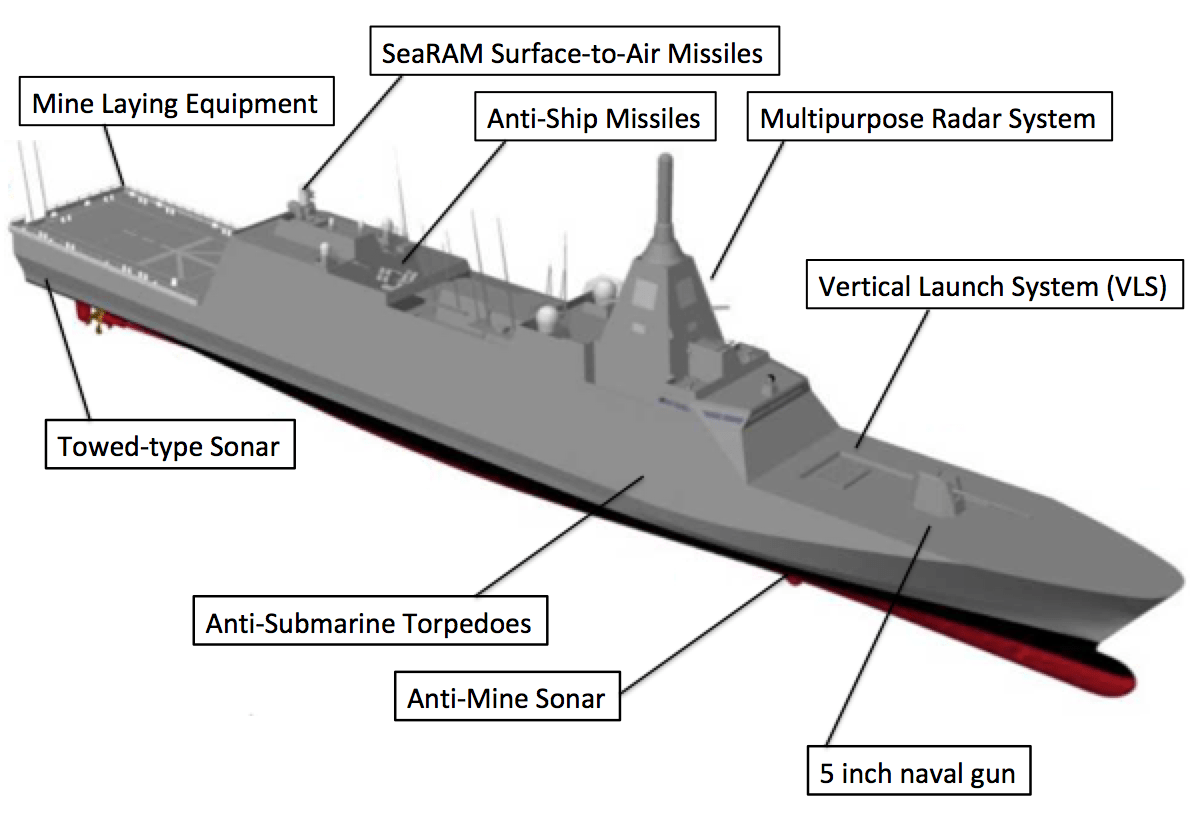
On the other hand, the ship only has towed sonar arrays, and does not feature a fixed-sonar system, resulting in its reliance on the “SH-60 helicopter” for anti-submarine warfare.
Nevertheless, the FFM became heavily equipped compared to initial plans, and the ship’s overall capability is not that far off from a standard JMSDF destroyer.
Along with these basic weapons, the multipurpose FFM is can operate unmanned underwater/surface vehicles intended for mine warfare. As these unmanned vehicles aim to conduct mine sweeping operations, the vessel itself can launch sea mines from the rear hull, making the new FFMs quite distinctive from the conventional DDs.

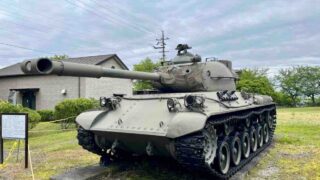

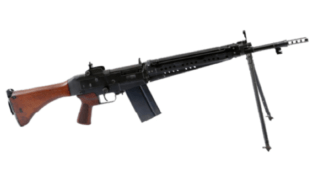
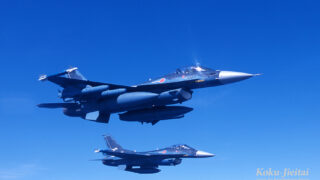
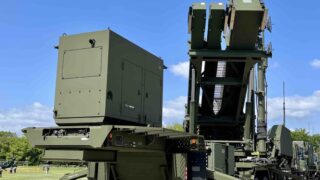
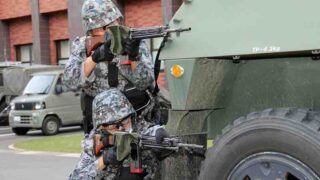

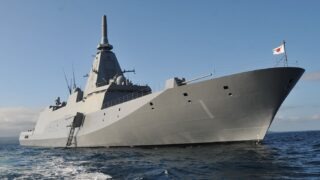
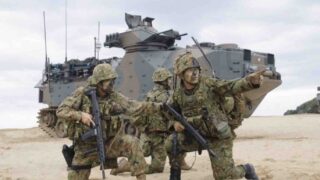
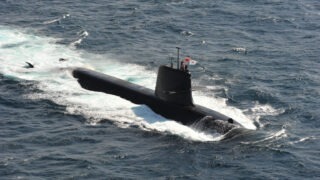
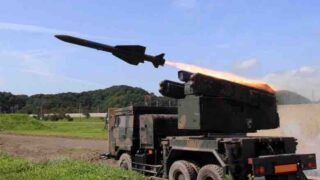
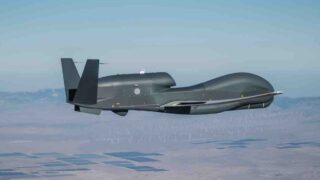
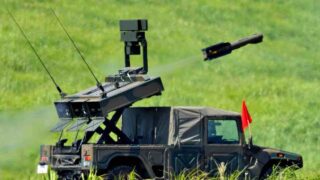
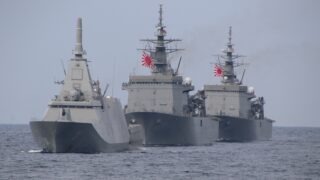

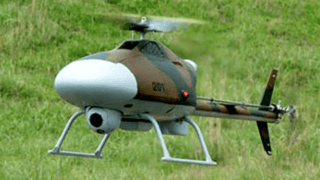
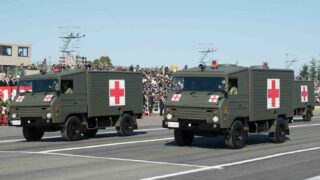
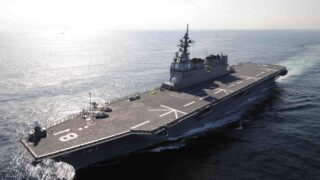

Comments